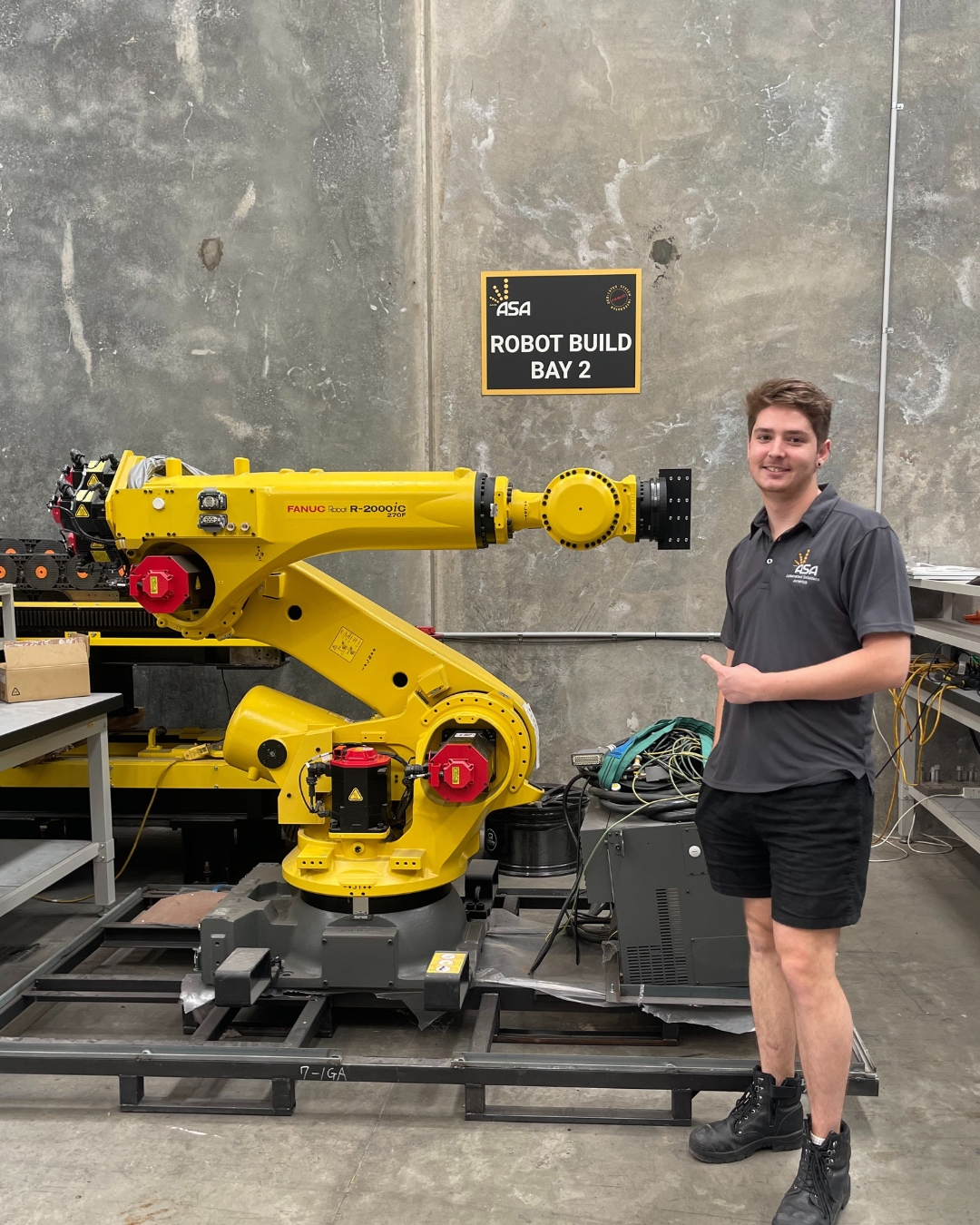The development of robotic arms has revolutionized the manufacturing process, combining precision, safety effectiveness, and other aspects that were previously unimaginable. Robots are mechanical marvels that have become essential in many industries around the world. They were developed to lower operating costs and keep high standards of quality. In integrating robotic arms into production lines, companies are not only cutting expenses but also improving safety in the workplace and efficiency. Find out how these machines have reshaped the industrial landscape.

Image credit: automatedsolutions.com.au
The primary force behind the global surge in robotic arm adoption is cost efficiency. Factory owners are constantly under pressure to minimize the risk of injuries at work, eliminate production mistakes, and minimize costs. A robotic arm addresses these challenges head on. Robot arms are more accurate than human workers at performing repetitive tasks, cutting down on costs and avoiding costly errors. Robots are used in industries with high volumes such as the automotive industry, to guarantee an exact assembly. This can lead to significant savings because less damaged parts means less rework and waste.
Safety is another important factor to the advancement of robotic arms. A lot of manufacturing processes, such as handling hazardous materials or using heavy machinery can be dangerous for workers. Utilizing robot arms, companies can eliminate workers from potentially dangerous environments. This minimizes the possibility of injury at work. Robotic arms, built as a series of joints that move are able to mimic the functions of human arms, without causing physical injury. Equipped with programmable hand end effectors, these devices can perform tasks that are hazardous for humans, like spinning or welding.
The flexibility of robot arms can be a game changer in many industries. From automotive assembly to electronics production, robot arms can be adapted to a variety of jobs. They are programmable, which allows them to carry out intricate tasks like machine tool tending, painting, or fiberglass application, with unmatched reliability. Robotic arms for warehousing have revolutionized palletizing through the automation of load of goods onto pallets. Automation is not just efficient but also increases reliability since robot arms can perform their work without fatigue.
The growth of cobots (collaborative robots) that work with human employees is one of the most thrilling advancements in the field. Cobots that are fitted with a robotic arm, are able to communicate with humans seamlessly, unlike industrial robots, that are typically restricted to cells. A cobot’s robotic hand is able to do routine tasks like heavy lifting in factories, ensuring humans are freed to take on more challenging tasks. This collaboration enhances productivity while maintaining a safe working area, since cobots are programed to stop or modify their movement if someone is in the vicinity.
The significance of robotic arms goes beyond efficiency and safety to the very structure of modern manufacturing. The ability of robot arms to complete tasks that require precision including welding, material handling or assembly is what makes them essential for industries that place safety first. For instance, in the automotive manufacturing, a robot arm is able of rotating and repositioning parts while assembling, ensuring an exact alignment with no human intervention. Similarly, in electronics, robot arms manage delicate components carefully, minimizing damage while also improving the quality of output.
As the world’s industries continue to develop robotic arms’ importance will grow. They can cut costs, improve safety, and adjust to various tasks, robotic arms are the core of the future of manufacturing. Combining cutting-edge technology with human ingenuity, robot arms are more than instruments. They’re partners in innovation, transforming how we build our world.